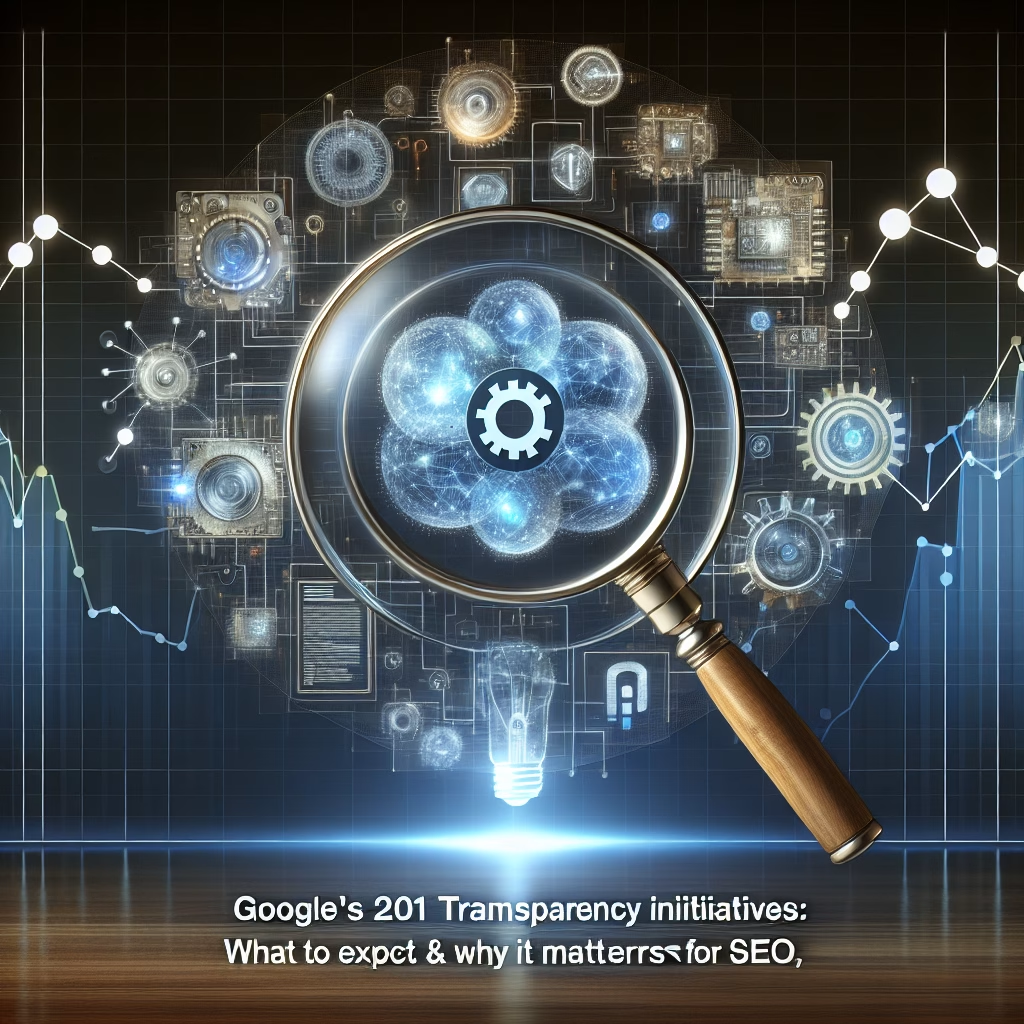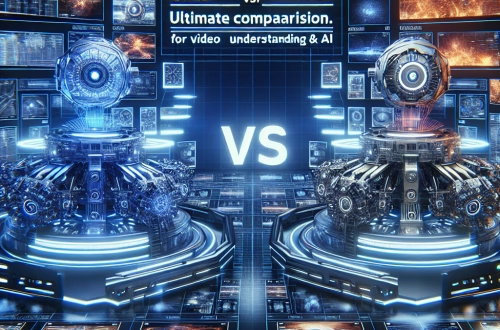AI Transparency Initiatives Google 2025
Summary:
Google’s AI transparency initiatives for 2025 aim to make artificial intelligence more understandable, accountable, and trustworthy for both developers and end-users. These efforts include model documentation, bias mitigation techniques, and explainability tools to demystify AI decision-making processes. The push comes amid increasing scrutiny over AI ethics, data privacy, and societal impact. For novices in AI, this means clearer insights into how AI models function and how their outputs affect everyday technology.
What This Means for You:
- Clearer AI Decision-Making: Understand why AI models make certain predictions or recommendations, empowering you to question and verify outputs critically.
- Actionable Advice: When using AI tools, check for Google’s transparency reports or “AI Nutrition Labels” (detailed documentation) to assess reliability.
- Future Outlook or Warning: While transparency reduces misinformation risks, over-reliance on AI without human oversight remains a concern. Stay informed and skeptical.
Explained: AI Transparency Initiatives Google 2025
Why Transparency Matters
Transparency in AI refers to the ability to understand how models arrive at decisions—whether recommending news, approving loans, or diagnosing medical conditions. Google’s initiatives target “black-box” tendencies of complex AI (e.g., large language models) by standardizing documentation, publishing ethical guidelines, and releasing tools like Model Cards that summarize performance metrics and limitations.
Key Components of Google’s Strategy
- Explainability Tools: Features like “What-If” analysis let users probe model behavior under hypothetical scenarios.
- Bias Audits: Automated checks for fairness in datasets and outputs, particularly for high-stakes sectors (healthcare, hiring).
- Open-Source Frameworks: Libraries like LIT (Language Interpretability Tool) allow developers to visualize model attention patterns.
Strengths & Limitations
Strengths: Google’s resources lower entry barriers for novices; standardized reports simplify compliance with AI regulations (e.g., EU AI Act).
Weaknesses: Full transparency is impossible for proprietary models (e.g., trade secrets). Over-simplified explanations might mislead non-experts.
Practical Applications
Use cases span education (explaining grading AI to students), business (auditing ad-targeting algorithms), and policymaking (evaluating AI-assisted legal decisions). Google’s 2025 roadmap includes public workshops to train users on interpreting transparency data.
People Also Ask About:
- How will Google’s transparency initiatives affect small businesses? SMBs gain tools to audit third-party AI vendors, ensuring fair pricing or hiring recommendations. Google plans free access tiers for basic transparency tools by late 2025.
- Can transparency slow AI innovation? While documentation adds development overhead, it reduces long-term risks (e.g., lawsuits from biased outputs). Google balances this via automated bias-testing pipelines.
- Are these initiatives legally binding? No—but they align with emerging global AI laws. Google’s self-imposed standards may become industry benchmarks.
- How can I verify AI transparency claims? Cross-check model documentation with independent audits (e.g., Partnership on AI reports) or academic peer reviews.
Expert Opinion:
Experts caution that transparency alone cannot eliminate AI risks; human judgment remains essential. Trends suggest hybrid approaches (human-in-the-loop AI) will dominate high-impact applications. Google’s focus on education—helping users ask the right questions—is praised as a proactive step.
Extra Information:
- Google’s AI Principles: Outlines ethical commitments underlying transparency efforts.
- PAIR (People + AI Research): Free tools for investigating model behavior, ideal for beginners.
Related Key Terms:
- Google AI explainability tools 2025
- AI model transparency for beginners
- Google’s ethical AI guidelines
- Bias mitigation in machine learning
- What are AI Nutrition Labels?
- EU AI Act compliance tools
Check out our AI Model Comparison Tool here: AI Model Comparison Tool
#Googles #Transparency #Initiatives #Expect #Matters #SEO
*Featured image generated by Dall-E 3





